Sometimes, in all that is said and written about the use of private contractors in places like Iraq and Afghanistan, people forget that it is not just the Defense Department that uses them.
But outsourcing and privatization is a government-wide phenomenon and during the past decade the Department of State (DoS) and the U.S. Agency for International Development (USAID) have been very big users of private contractors, according to a report published in June by the Center for Strategic and International Studies in Washington, D.C.
Just how much you wonder?
Total contract dollars spent by USAID increased from $700 million in 2000 to $4 billion in 2000, an 11-year growth of 501 percent. The years with the highest annual growth were 2001-2001 (52 percent), 2001-2002 (145 percent), and 2004-2005 (48 percent). USAID share of total USAID and DoS contract spending fluctuated between 27 and 44 percent.
Contract spending by DoS grew from $1.6 billion in 2000 to $9 billion in 2011, an increase of 458 percent. The largest year-on-year increases occurred during 2000-2001 (37 percent), 2001-2002 (44 percent), and 2004-2005 (37 percent). As a share of total DoS and USAID contract outlays, dollars spent by DoS accounted for between 56 and 73 percent each year.
By far, the majority of those contracts were for services (including (R&D). "Between the years 2000-2011, services increased from 1.7 billion in 2000 to $11.4 billion in 2011, a total increase of 575 percent," according to the report. Or put another way that is nearly a sevenfold increase.
As a share of overall contract spending, services ranged between 73 and 91 percent. The largest annual increase occurred in 2001-2002, with a 111 percent jump in spending. In addition, spending over the last three years increased at a compound annual growth rate (CAGR) of 4.5 percent.
When you break down the service spending by category the gold medal winner was spending on professional, administrative, and management (PAMS), with a total of nearly $53 billion spent during the 2001-2011 time period.
The silver medal went to facilities-related services and construction (FRS&C). Dollars spent ranged from $500 million to $3.5 billion per year, with total growth of 633 percent over 11 years. Although it has decreased in absolute terms in 2006 and 2008 spending in this area hovered around $2.5 billion during the last five years, reaching a peak level of $3.5 billion in 2011.
And the bronze went to information and communications technology (ICT) which grew from $200 million in 2000 to $800 million in 2011, a growth of 322 percent.
The good news, from a taxpayer perspective, is that there is more competition when it comes to the awarding of contracts. For both State and USAID the majority of contract actions (between 52 and 68 percent for all years except 2006) were awarded on a competitive basis after receiving multiple offers.
But the report did note that for 2008-2011, "total dollars awarded competitively after receiving only a single offer increased at 24 percent per year. This may indicate that DoS and USAID are approaching the limits of competition that their contractor base can provide.
And which companies in particular were the lucky recipients of all this spending. The report notes that there are four broad categories of companies: private security contractors, international development consultants, defense contractors, and engineering and construction companies.
According to the report:
Security service providers rose from three companies in 2006 to five in 2011; DynCorp and Triple Canopy were present in both years, while Blackwater appeared only in 2006 and G4S and SOC were added to the list in 2011. Two international development companies were present in 2006 (Chemonics and Development Alternatives) and three in 2011 (with ABT Associates joining the two companies from 2006). The number of defense, security, and aerospace contractors increased their presence from one company in 2006 (Lockheed Martin) to three in 2011 (Lockheed Martin, United Technologies, and SAIC). Engineering and construction companies maintained a presence of two companies in both 2006 (BL Habert and Grunley-Walsh) and 2011 (BL Habert and the Walsh Group).
What the data does show is that if you are a top contractor you do very well indeed, in terms of gaining the lion's share of contracts. In 2006 the top five contractors (DynCorp International, Blackwater Worldwide, Chemonics International, Tetra Tech and Battelle) were awarded a total of $2.670 billion. The total for the overall top 20 contractors was $4.310 billion; thus, the top five received over 60 percent of that. DynCorp alone received $1.2 billion, or about 30 percent.
In 2011 the top five contractors (DynCorp, again at the number one spot, BL Habert, Chemonics International, Lockheed Martin and Triple Canopy) received $3.1 billion. The top 20 contactors overall received $5.9 billion, so the top fivw received about 54 percent of that. DynCorp's share of the overall awards was 29 percent.